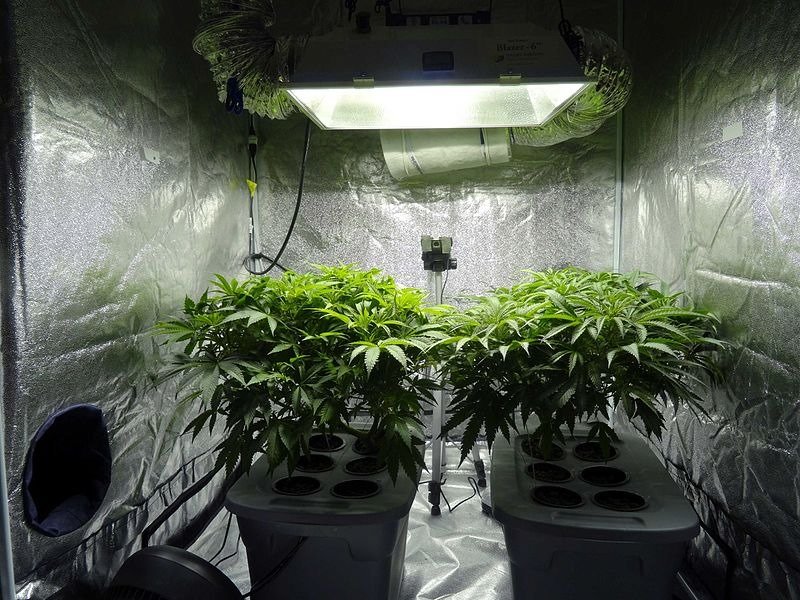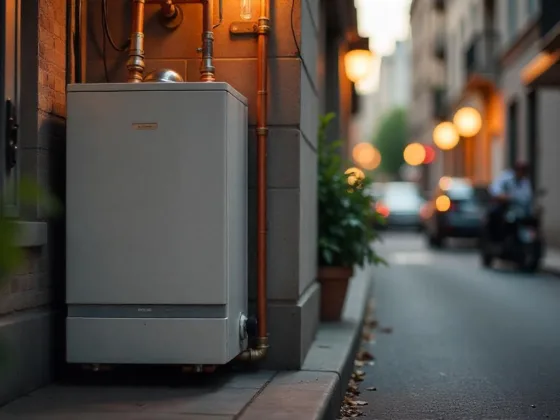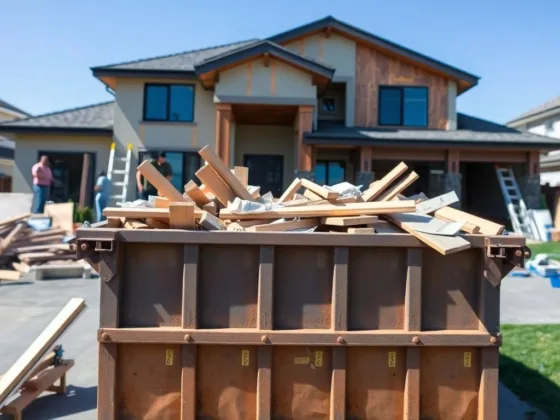Nature gives you peace. When you are close to nature, this offers you a relaxed atmosphere every day.
Recently, gardening has become an increasingly popular hobby for many people.
Several different techniques can be used in horticulture. Several of these methods are used for what is known as indoor gardening.
A grow box or grow tent is the term that is usually used to describe a mini greenhouse.
It is essentially used for interior design as it easily fits into a small part of a room.

Building a grow box is beneficial in many ways. For example, it can be used in conjunction with a hydroponic system.
Because indoor gardening is more convenient if you do it without soil.
Another important benefit of a grow tent is that it allows for a faster harvest compared to other traditional growing methods.
With grow tents, it becomes possible to control most aspects of the environment, such as the temperature and the humidity level of the air. But light and smell can also be influenced by it.
Subsequently, this artificial control of the environment and growing conditions leads to healthier and faster yields. Learn more about how to build a grow box yourself.
Types of Grow Tent Designs to Buy
The tents are available in different shapes and sizes. However, the shape is not important.
What makes them so different is the material used to build the tent. You can learn more here cocafish.
A blackout sheet lined with reflective material is often used. The reflective material ensures that the light intensity in the tent is kept as high as possible, which leads to accelerated growth of the plants and the dark outside helps with the absorption of heat.
It is usually advisable to set up a grow tent in a grow room. A grow room is a room built for the sole purpose of growing plants indoors.
Setting up a new grow room can be a challenging task, especially for a new grower.
There are numerous ways to set up a grow room, so the grower has several options to choose from.
Before focusing on the type of grow box and how it is set up, it is important to consider the number of plants you want in the room/box.
This assessment is very helpful in determining the efficiency of the grow room and it will also help you make a decision.
One of the key factors to consider when designing a grow room is airflow/extraction. The flower produces a strong odor in most cases.
To avoid this, it is advisable to develop your grow room design in such a way that it allows you to ventilate smells and moist air outside.
The separation of the flower area from the vegetative growth area should also be taken into account.
Building a grow room shouldn’t necessarily cost you a lot. Plain plywood and screws will do the job.
Read Also:
How to Ventilate your Grow Room
Room ventilation control should be part of the grow room design.
If the room is well ventilated and there is enough cool air outside to cool the grow room, you will benefit when it comes to cutting costs.
However, if this is not the case, additional air conditioning systems can be installed to ensure the best conditions for your grow room.
With a grow box, most conditions are improved, resulting in everything working above normal levels.
As a result, the Co2 supply may not be optimal, which may require the optional use of CO2 injection to create optimal conditions.
In turn, CO2 injection requires investment in some equipment, such as a CO2 controller, burner, air conditioner, and dehumidifier.
Attaching this equipment also means allocating space for it to be installed and operated.
In addition, attaching these devices adds a margin for error, so one must be very careful to ensure that they always work properly.
CO2 can ensure optimal yields for professional growers but is not necessary for normal use.
The use of artificial lighting leads to increased temperatures in the grow room. Should temperatures exceed the desired level, the results could be devastating.
To avoid this scenario, it is advisable to properly ventilate/de-aerate the grow room.
To ensure proper ventilation, it is advisable to install a fan and an exhaust system including an activated carbon filter when creating a grow room / grow box.
This air is drawn through an activated carbon filter and optionally passed through a UV ozone filter before it gets outside.
It is advisable to direct this air through a chimney or other outlet and to build the exhaust duct as high as possible.
The UV filter is useful for eliminating odors so that the system sucks in odorless air.
Although the odor is reduced so much with new activated carbon filters that it makes an ozone filter obsolete.









